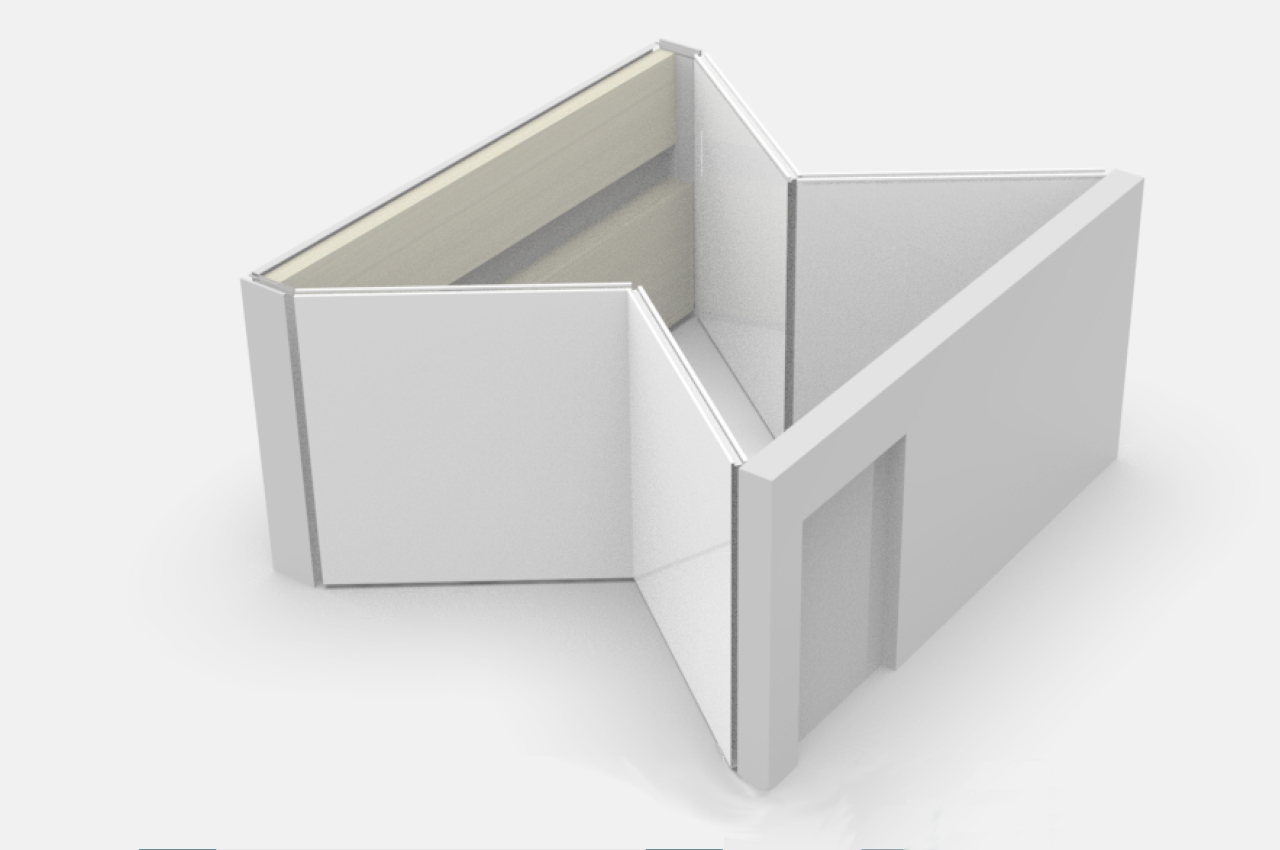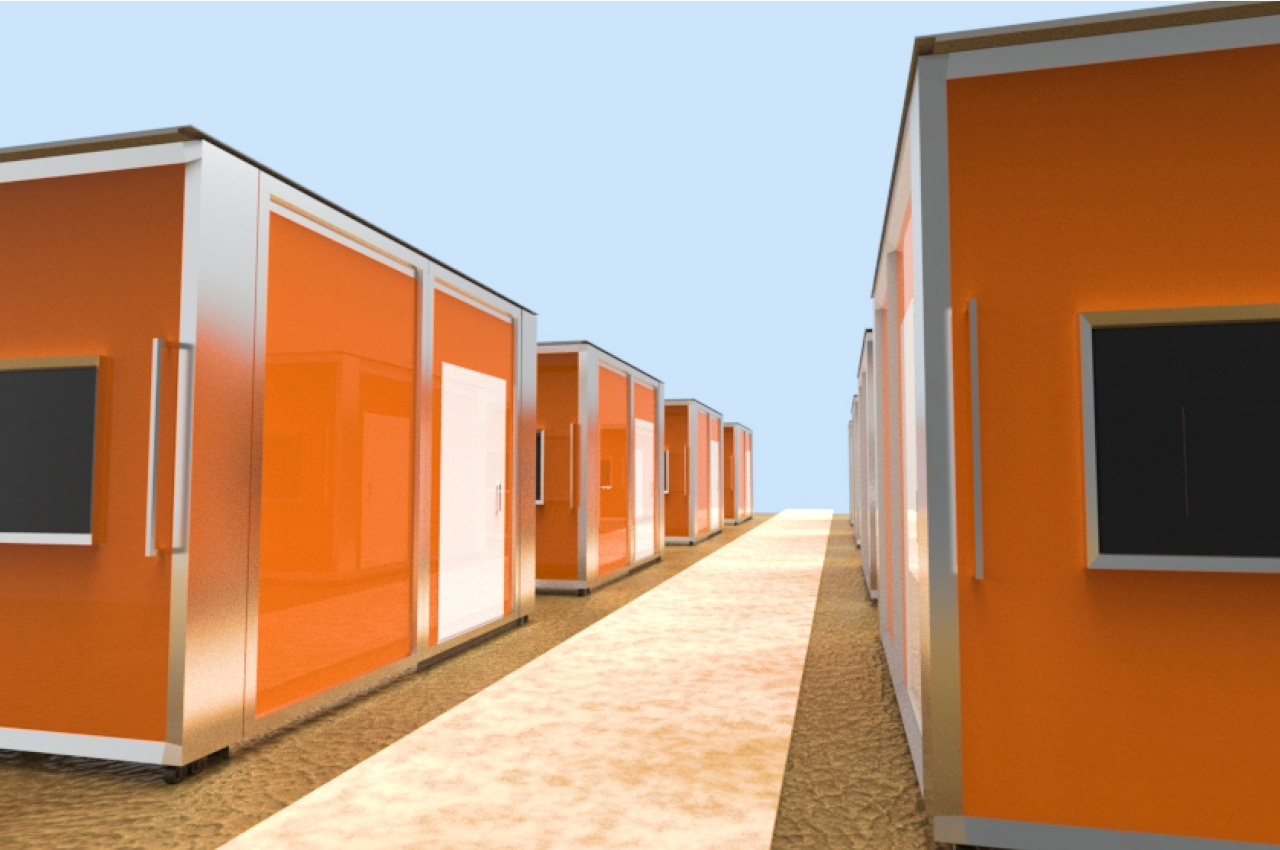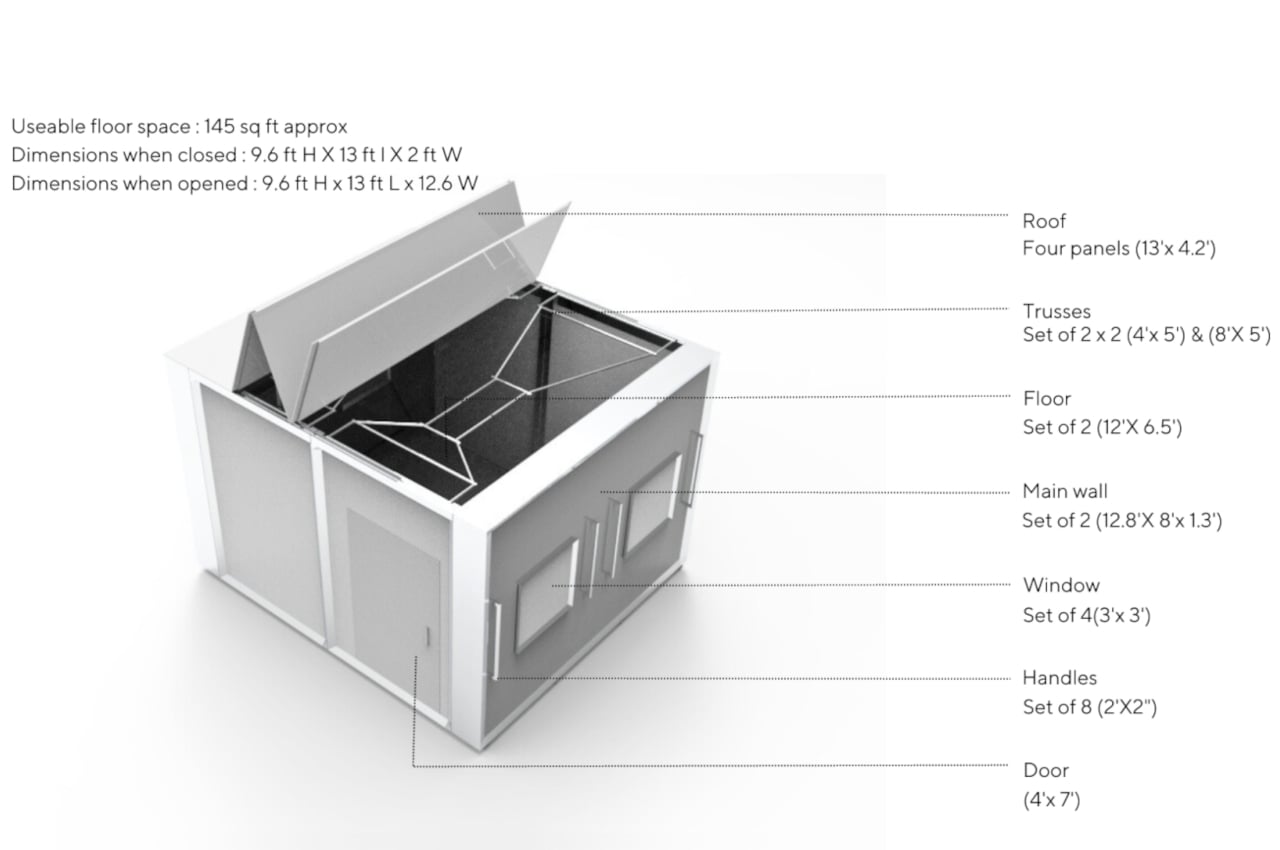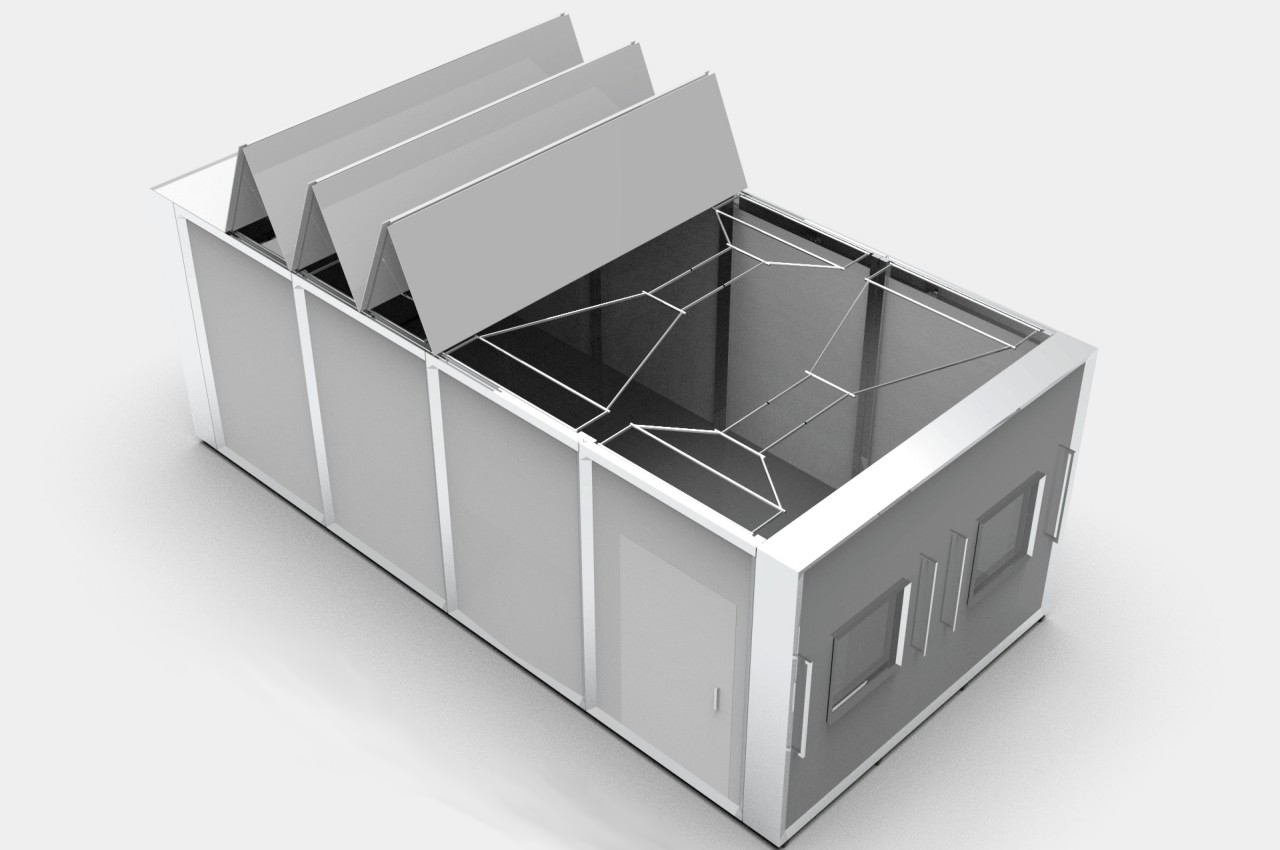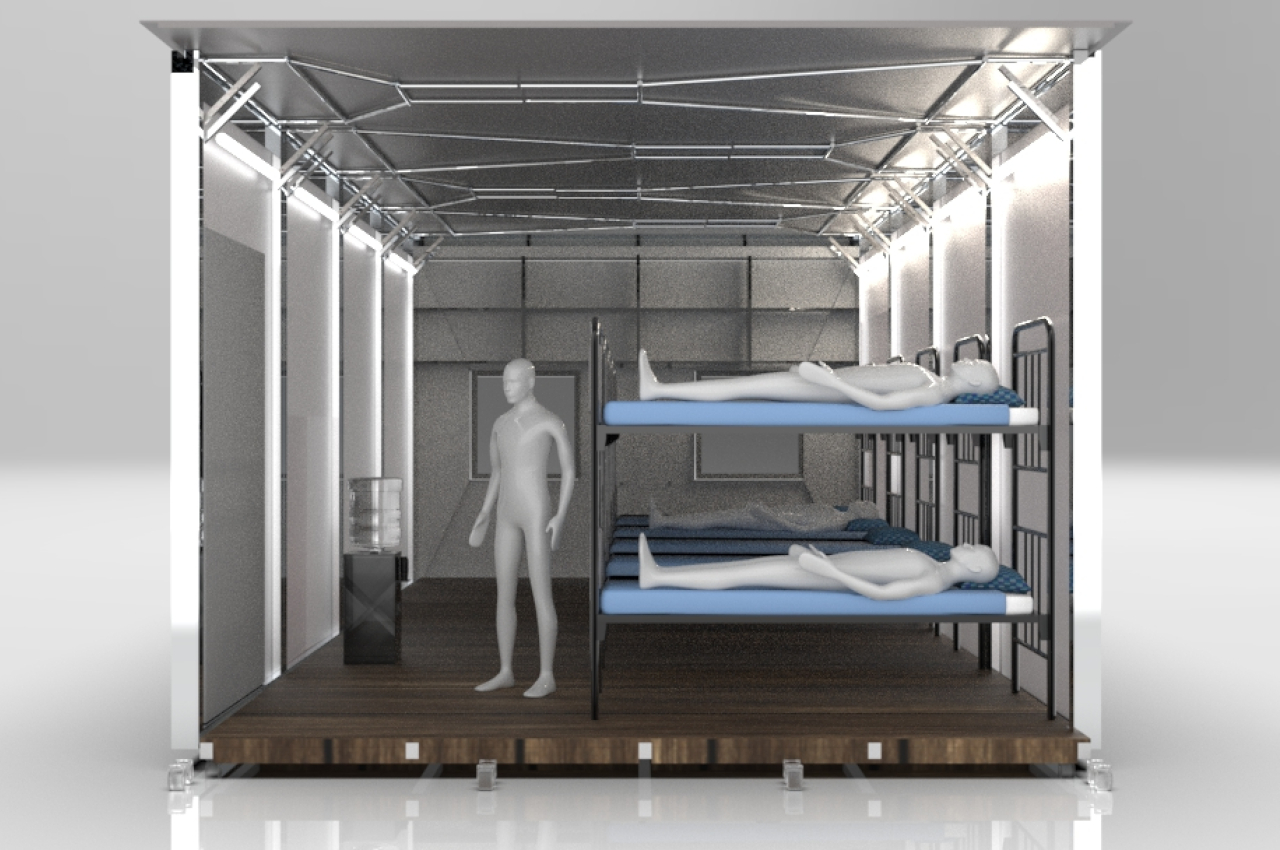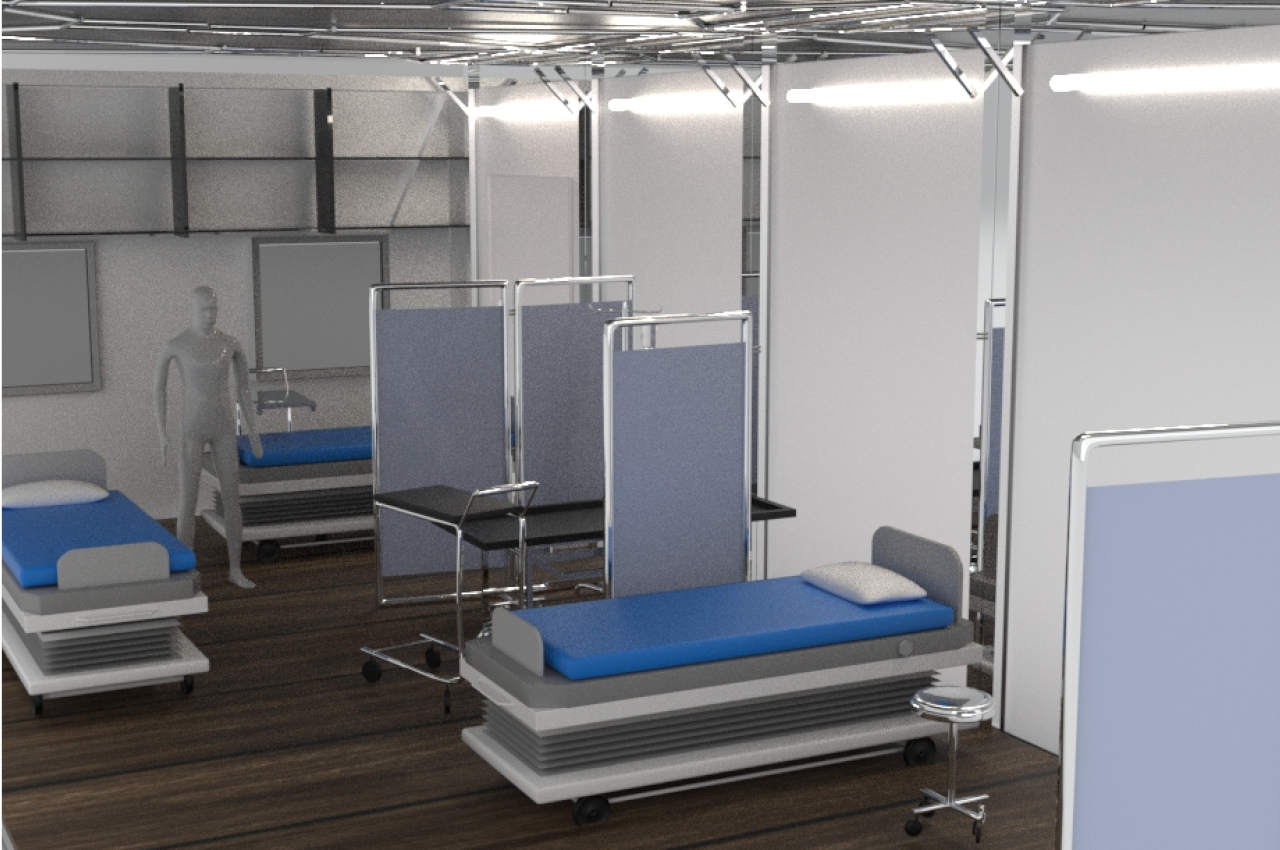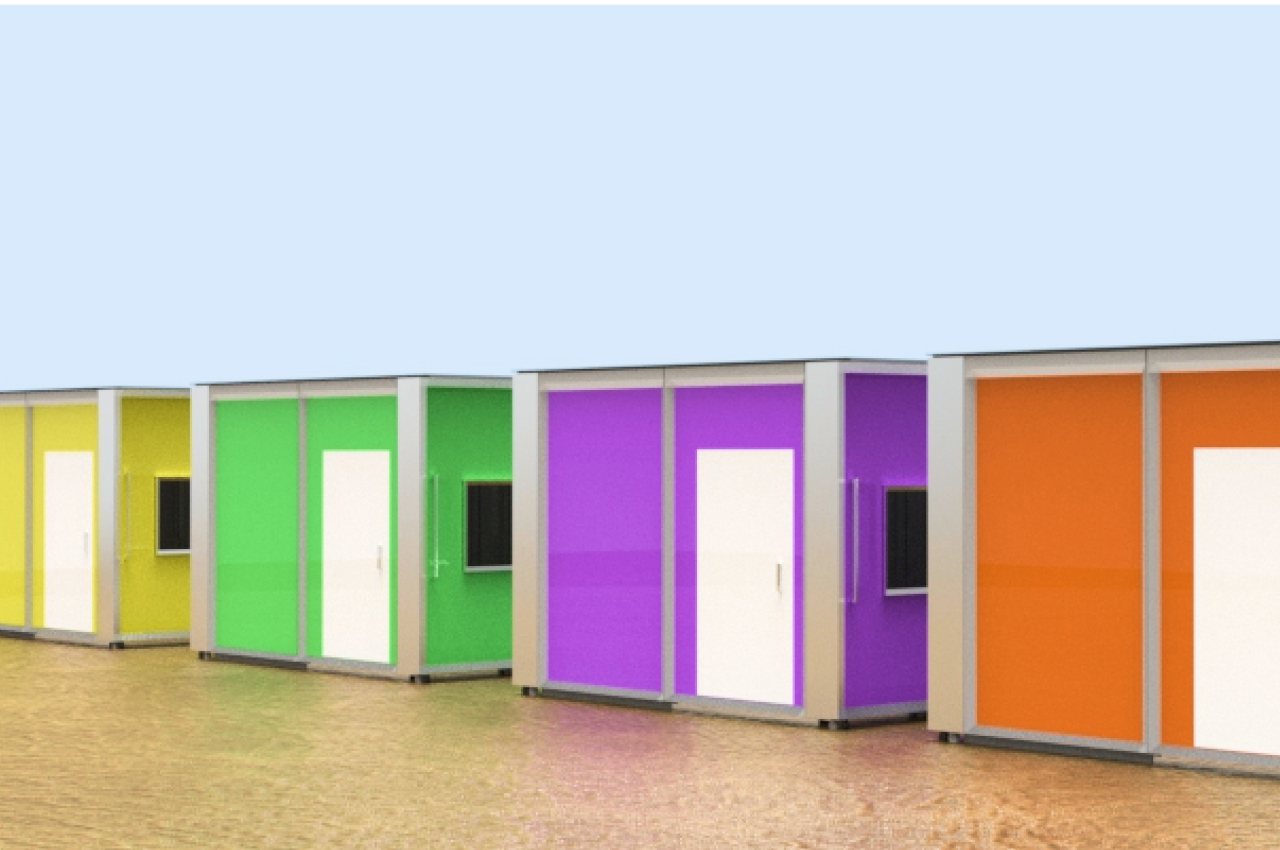
Acclaimed tiny home maker Baluchon recently created a tiny house that is intended to be a portable house for a health worker. Named the L’atelier de Saint-Joseph or Saint Joseph’s Workshop, it is founded on a double-axle trailer, measuring almost 13 ft in length. The home features a finishing of red cedar cladding and aluminum and is powered by a standard RV-style hookup. We aren’t sure what kind of healthcare the structure will be used for, but it is designed for a healthy professional who will be offering advice from there.
Designer: Baluchon


The interior of the structure is quite compact and features a finish of solid oak and spruce. It is filled with loads of natural light, due to the generous glazing. Curtains have been incorporated into the home to offer privacy. As you enter the space, you are welcomed by a reception area. There is a generous amount of space near the large window, and it is occupied by a bed with loads of integrated storage. A work area with a desk is located nearby, and it includes some seating as well, including more storage space. A compact wood-burning stove has been incorporated as well to heat up the small office.


The structure doesn’t contain any sleeping lofts, as it isn’t going to be used as a home, but Baluchon did integrate some loft storage space above the bathroom. The bathroom seems to be quite compact, and it only includes a sink, shower, and toilet. The L’atelier de Saint-Joseph isn’t very well-equipped, but it does have all the essentials one would need to get their work done throughout the day. It isn’t intended to be utilized as a home, hence it doesnt feature a kitchen or sleeping loft, but it does include a workspace, as well as a comfy bed for rest.


We aren’t aware of what the L’atelier de Saint-Joseph is priced at, but Baluchon’s models and tiny homes usually start at around US$85,000.



The post Baluchon’s Tiny House Serves As An Office For A Health Professional Who Works On The Go first appeared on Yanko Design.

























